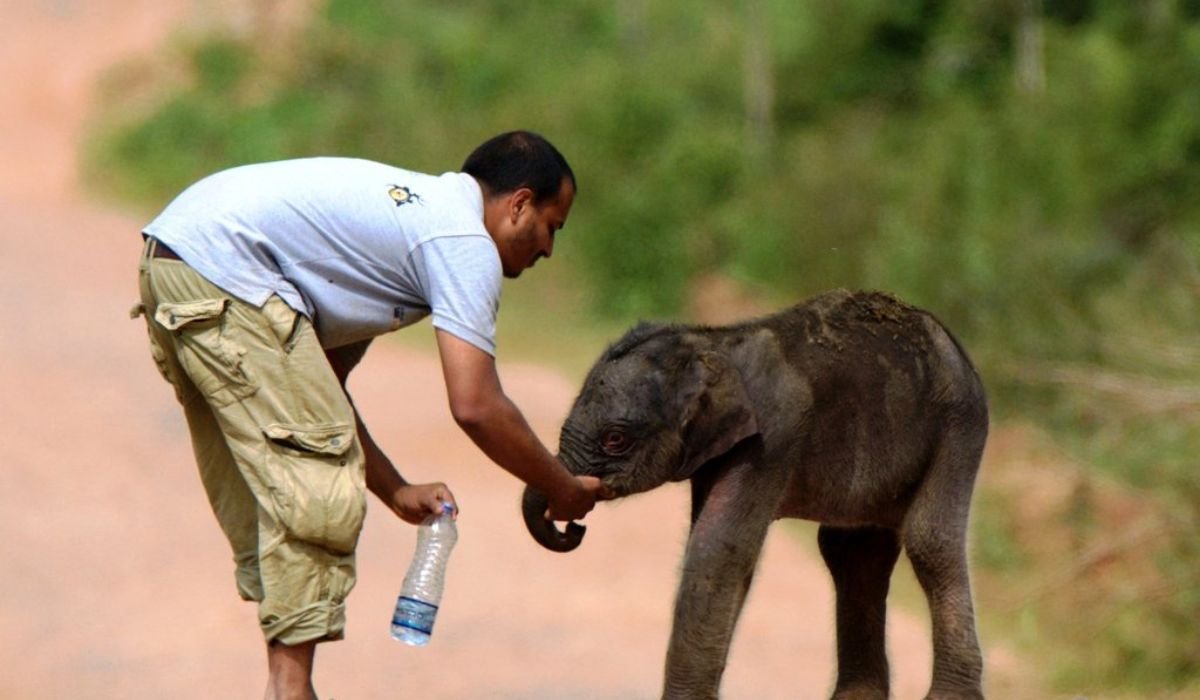Recently, using technology in wildlife conservation has made availabe exciting job prospects. With new technology, we now use different approaches to save wildlife and this has made room for new professions that require technical knowledge as well as an understanding of ecology. In this new year, we should look at the new jobs and careers growing in wildlife technology.
Wildlife Data Analysts gather information about many things such as:
Nowadays, wildlife conservation depends on the important role of the wildlife data analyst. Those working in this area rely on data analysis to make sense of information gathered from tracking systems, satellite pictures and surveys done in the field. Based on these insights, conservationists can decide better on protecting habitats, monitoring migrations and studying how populations change.
Drone Ecologists:
Using drones has become important in helping with wildlife studies and saving wildlife habitats. Drone ecologists rely on unmanned air vehicles to watch over animals and plants, study where they live and retrieve useful information without disturbing the area. Ecologists who use drones are important in both tracking endangered species and doing aerial surveys for wildlife conservation.
Conservation Technologists:
Conservation technologists bring relevant technology to conservation projects being done on the ground. They come up with and apply new tools such as sensor networks, camera systems and sound recorders to preserve and observe wildlife. Thanks to their help, we are better able to watch distant places, find evidence of poaching and study the effects of climate change on the environment.
Educators are using Virtual Reality (VR) for wildlife study.
Since virtual reality is becoming more popular, there is a higher need for professionals who can build engaging programs focused on wildlife conservation. Experts in VR wildlife education build programs that let users discover various habitats, understand systematic threats to animals and learn more about protecting nature. They help boost awareness and sense of duty among people for the environment.
Wildlife Geneticists:
Because of recent progress in genetic technology, more protective measures for wildlife are now possible. Wildlife geneticists analyze the DNA of different animals to find out about their variation, population pattern and vulnerability to certain illnesses. Thanks to this data, scientists are able to shape successful conservation efforts that help endangered species last for many years.
Geospatial Analysts:
Geospatial analysts are important for charting and checking out the habitats of different wildlife. With the help of GIS software and captured satellite images, they make precise maps that make it easier for conservationists to safeguard important regions, examine environmental damages and organize their planning.
AI Is Used to Create Ecological Models
AI tools in ecological modeling have raised a new group of professionals called AI-powered ecological modelers. They rely on machine learning methods to discover the links between the environment and animals and foresee the outcomes of change in the environment. Using predictive modeling, conservationists can create strategies to deal with dangers and react to changes happening in the environment.
Citizen Science Coordinators are:
Citizen science projects include members of the public in gathering and studying wildlife information. Those who organize citizen science programs use technology to involve citizens in different activities, including bird watching, spotting different species and sending in data. By using this method, scientists get useful results for conservation and help bring local people closer to wild animal conservation.
Innovative Robotic Engineers for Conservation.
There is a quick increase in using robotics for habitat protection. Engineers in robotics for conservation help by using robots for work like rebuilding habitats, fighting invasive species and monitoring wild animals. They manage to explore difficult terrains, handle repetitive work efficiently and cut back on people working in sensitive environments.
Using Blockchain Experts to Help Stop Poaching.
Blockchain technology is being used to help combat wild animals fall victim to poaching. Efforts by blockchain specialists include building systems to safely and transparently supervise the sale of wildlife products. They make it possible to keep clear and indelible records about animals which helps to reduce illegal trading in animals and ensures that products from wildlife are sourced properly.
There are now Augmented Reality (AR) Apps for Spotting Plants and Animals.
Augmented reality nature guides are being adopted by people who go eco-tourism. The developers build AR applications to let people learn more about nature in real time during their outdoor activities. Such guides help people be more aware of nature and encourage them to view wildlife responsibly during their trips.
Conclusion:
Wildlife technology is growing which opens doors to interesting work for those who love technology and want to help nature. People interested in data, flying drones or virtual reality can find a role in the developing field of wildlife technology. These new positions will help save our planet’s diversity and show how technology can play a big role in protecting nature for years to come.



